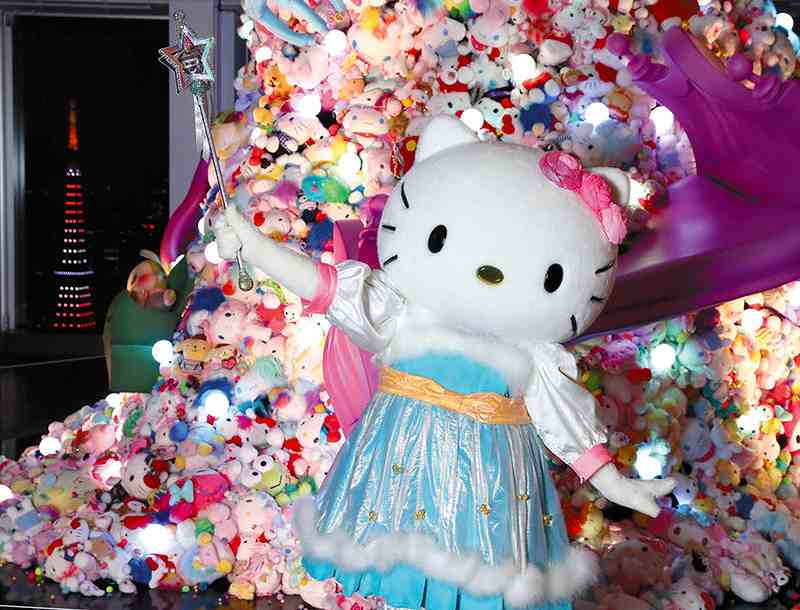
A Hello Kitty mascot waves a wand in front of a giant pile of Sanrio plush toys.
11:00 JST, December 24, 2021
Sanrio Co. has been at the forefront of Japan’s kawaii culture for over 60 years, gaining global popularity through hundreds of cute characters including the iconic Hello Kitty. Yuko Yamaguchi, the third designer of Hello Kitty, has recently spoken with The Yomiuri Shimbun about the company’s history of products that revolve around the world of kawaii.
“‘No matter what sort of item we produce, [Hello] Kitty just isn’t selling. We’ll be finished at this rate.’ — Is what I thought,” Yamaguchi said matter-of-factly, recalling the days when it wasn’t exactly smooth sailing with the character that debuted in the autumn of 1974.
Despite her current role as the company’s most famous character, Hello Kitty was on the verge of being axed in the early 1980s when Yamaguchi was tasked with her development. “What should I do to make her a big seller?” she asked her boss, who reportedly replied, “That’s something you should come up with on your own. I’m sure if you just talk to Kitty every day, she’ll tell you.”
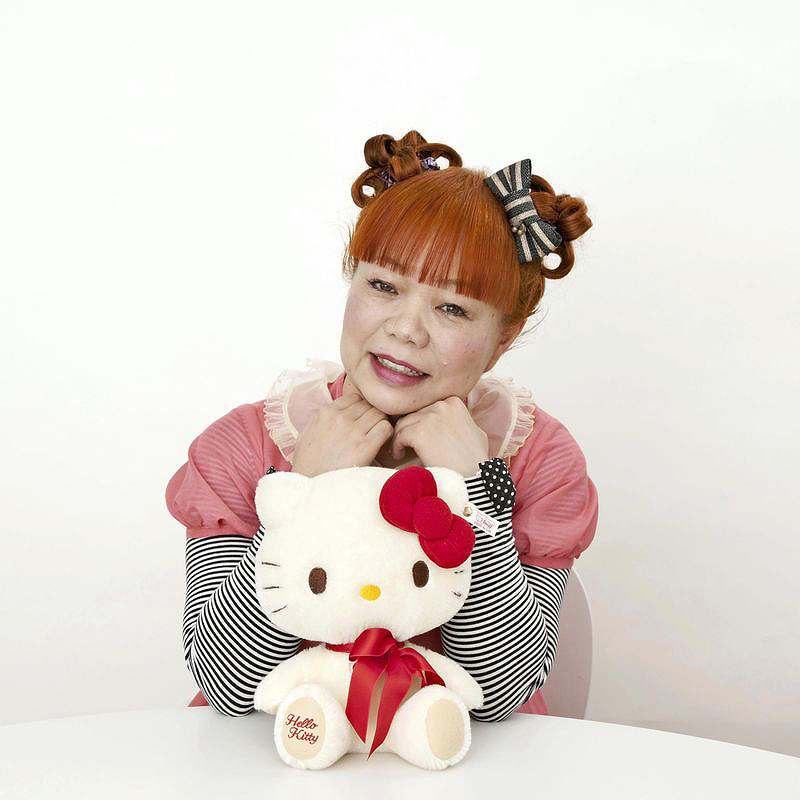
Yuko Yamaguchi, the third designer of Hello Kitty
“It’s not like she can actually talk,” Yamaguchi thought. Even so, she reluctantly began talking to a Hello Kitty plush toy sitting upon her desk. Then, one day, inspiration struck. She happened upon an up-and-coming singer performing a new song from atop a beer case outside of a record shop. “This is what we need to do,” she thought.
For weeks and weeks, Yamaguchi set up a desk outside of a Sanrio shop in Tokyo and began drawing pictures of Hello Kitty and asking for children’s opinions. Their comments were pretty harsh, with some saying things like, “She’s not cute” or “She’s always wearing the same clothes.” Yamaguchi recalls that one of the most shocking comments was that “her ears look like the horns of an oni ogre.”
“Kitty, it looks like you give off a pretty harsh vibe, even though you’re so fluffy when you’re a plush toy,” a tired Yamaguchi said to the doll on her desk. It was then she noticed something that may have been Kitty’s first step toward becoming a legend: The Hello Kitty plush toys lacked the thick outline the character had when drawn. From then on, Yamaguchi designed her without the strong outlines seen in early Hello Kitty pictures.
In 1984, Yamaguchi started a design division at a subsidiary in the United States, where teddy bears were enjoying great popularity. After returning to Japan, she decided to make a friend for Hello Kitty and created teddy bear Tiny Chum, which turned out to be an enormous hit and provided a spark for the ensuing Hello Kitty boom.
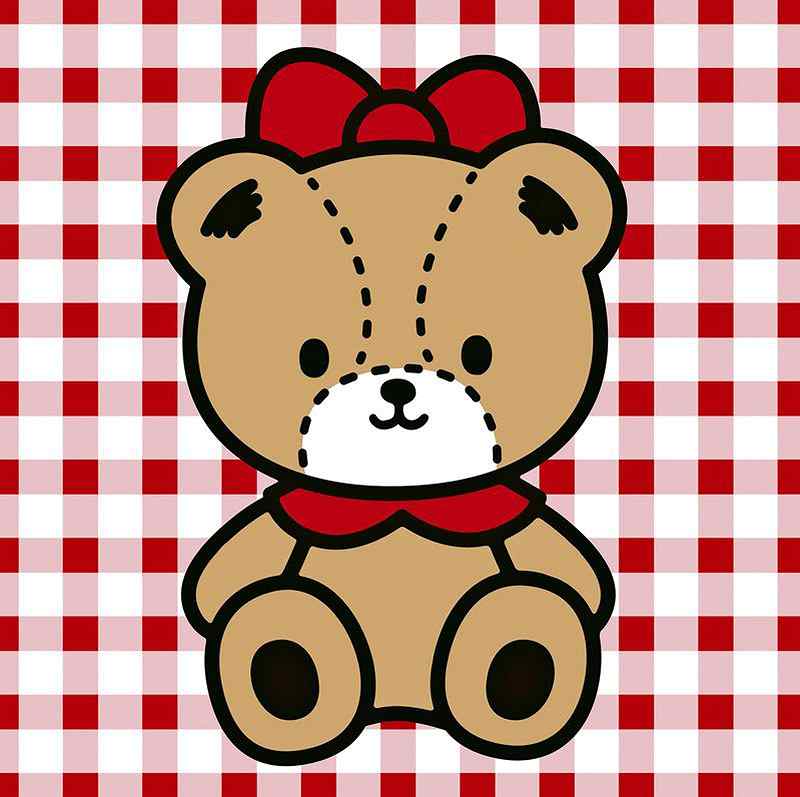
Tiny Chum
“From then on, Kitty started saying to me, ‘Onesan [Big sister], that was great,’ which made me happier than anything else,” she said.
As Hello Kitty gained more and more fans, Yamaguchi drew the character in various styles targeted toward women of different ages and backgrounds, from high school students to office workers and homemakers. Soon, overseas celebrities, such as Paris Hilton, began declaring themselves Hello Kitty fans. Exchanges with Hilton inspired Yamaguchi to incorporate the latest fashion trends, such as hair extensions, into Kitty’s designs.
“I had absolutely no idea that [Kitty] would become this famous,” Yamaguchi said. “Shop assistants at Sanrio stores and Hello Kitty fans have been a huge help.”
She still visits Sanrio shops from time to time, talking with customers and seeking new ideas.
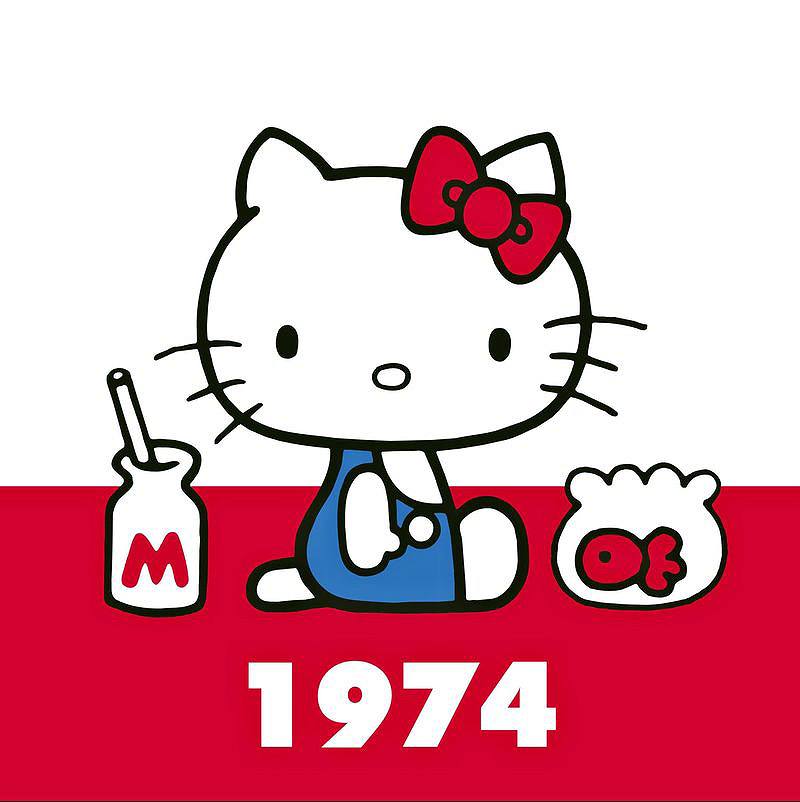
Hello Kitty
Even though Hello Kitty’s mouth is unseen in her design, Yamaguchi’s next goal is to have the character debut as a singer. An ongoing singing project can be found on Hello Kitty’s YouTube channel.
Yamaguchi has a message for each and every Hello Kitty fan across the globe. “First and foremost, I hope you all feel soothed whenever you look at Kitty. I also hope you will become someone cheerful with leadership qualities like Kitty. And I’d like you all to continue being friends with Kitty forever,” she said.
Sanrio celebrates 60 years in Tokyo
“60th Anniversary Sanrio Exhibition: The Beginning of Kawaii” is an exhibition devoted to the characters and products of Sanrio being held at Tokyo City View in Minato Ward, Tokyo, through Jan. 10.
The Yomiuri Shimbun spoke with planner and supervisor Hideki Takakuwa, the general manager of Sanrio, to ask what makes this exhibition so special.
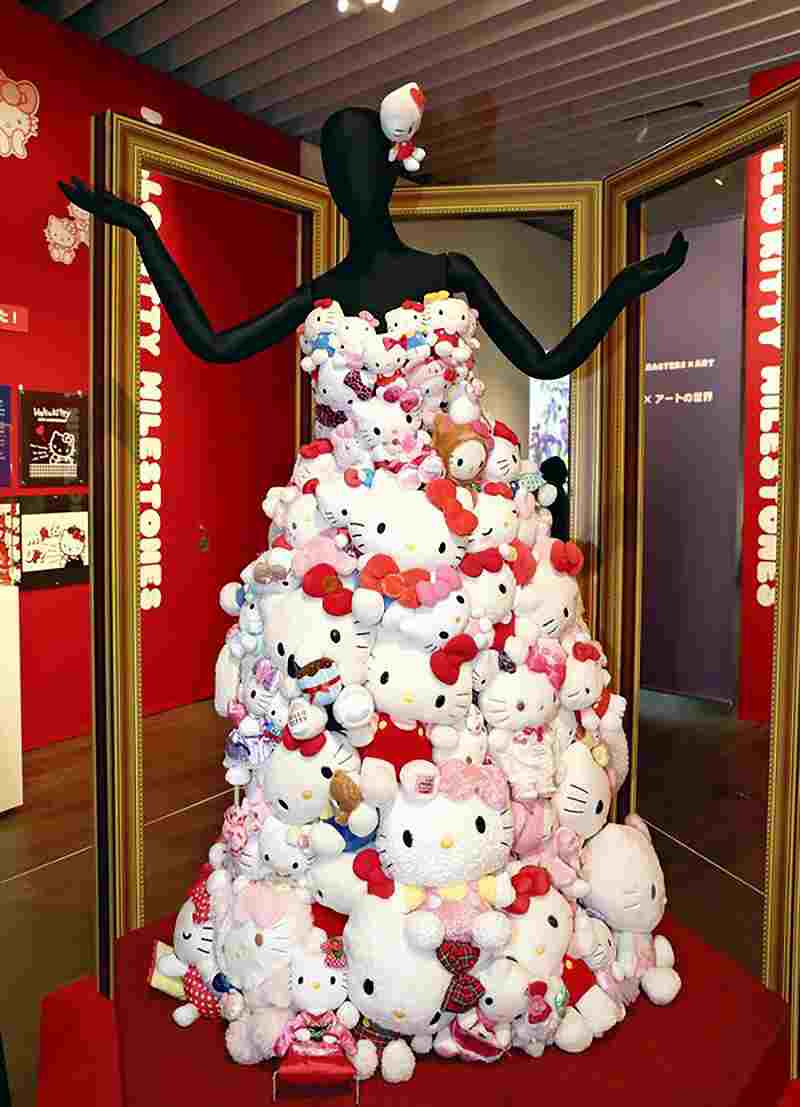
A replica of a Hello Kitty-themed dress worn by Lady Gaga is seen at “60th Anniversary Sanrio Exhibition: The Beginning of Kawaii” in Tokyo.
“There’s just too many texts” in the exhibition, he said with a chuckle. “When most people hear Sanrio, our characters or the Sanrio Puroland amusement park may spring to mind, but this exhibition gives a bit more of an insight into Sanrio, such as our services to help everyone get along and the company’s philosophy,” Takakuwa said.
When asked about his thoughts during the exhibition’s planning, he said: “[Sanrio] is what it is now because fans have supported the company and raised it to this level. My hope is that fans will see themselves as cocreators of this culture, rather than bystanders.”
"Society" POPULAR ARTICLE
-

M4.9 Earthquake Hits Tokyo, Neighboring Prefectures
-

Israeli Tourists Refused Accommodation at Hotel in Japan’s Nagano Pref., Prompting Protest by Israeli Embassy and Probe by Prefecture
-

M7.5 Earthquake Hits Northern Japan; Tsunami Waves Observed in Hokkaido, Aomori and Iwate Prefectures
-

Tsukiji Market Urges Tourists to Avoid Visiting in Year-End
-

High School in Kyoto Says Students Shoplifted during Recent School Trip to Bali, Indonesia
JN ACCESS RANKING
-

Tokyo Economic Security Forum to Hold Inaugural Meeting Amid Tense Global Environment
-

Keidanren Chairman Yoshinobu Tsutsui Visits Kashiwazaki-Kariwa Nuclear Power Plant; Inspects New Emergency Safety System
-

Imports of Rare Earths from China Facing Delays, May Be Caused by Deterioration of Japan-China Relations
-

University of Tokyo Professor Discusses Japanese Economic Security in Interview Ahead of Forum
-

Japan Pulls out of Vietnam Nuclear Project, Complicating Hanoi’s Power Plans























